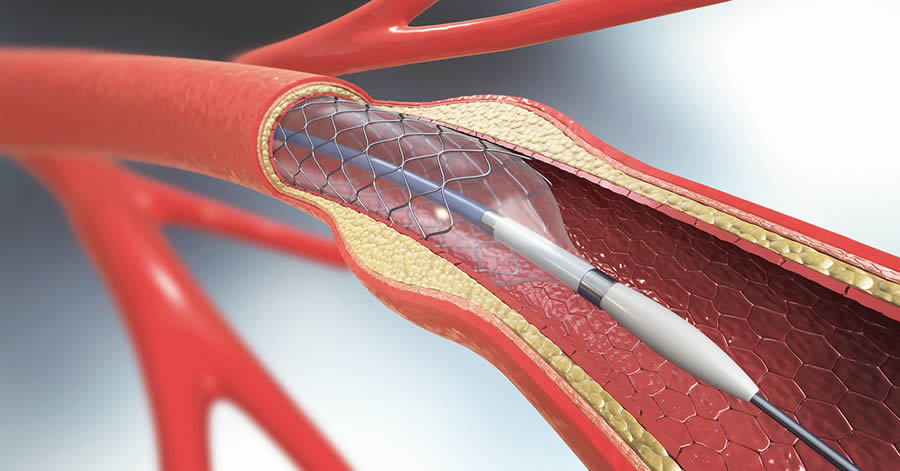Menu
- Home
- Treatments
- Our Providers
- About Us
- Patient Info
- Testimonials
- Locations
- Blog
- Financing
- Contact Us
- Home
- Treatments
- Our Providers
- About Us
- Patient Info
- Testimonials
- Locations
- Blog
- Financing
- Contact Us
 (1).webp)
Have you or a loved one been advised to consider deep venous iliac stenting? This might bring up a mix of emotions and questions. It's normal to feel uncertain when facing a medical procedure, especially one that involves the heart and blood vessels. The good news is that iliac stenting can significantly improve your quality of life. It's a procedure designed to alleviate the discomfort and health risks associated with vascular issues in the pelvic area. At National Vascular Associates, we know that quality patient care makes all the difference. Read below to learn the what, why, and how of iliac stenting. By the end, you’ll not only understand the procedure but also appreciate the life-enhancing benefits it offers.
Deep venous iliac stenting is not a procedure prescribed at the drop of a hat. It’s typically recommended for patients who experience chronic venous insufficiency, particularly in the iliac veins. This condition often leads to leg swelling, pain, and in severe cases, skin changes and ulcers. These symptoms can significantly impair daily activities and overall quality of life. The need for iliac stenting arises when these symptoms are traced back to a narrowing or blockage in the iliac veins, usually caused by a condition known as May-Thurner Syndrome. This syndrome occurs when the right iliac artery compresses the left iliac vein, leading to chronic venous insufficiency. Iliac stenting is also considered for individuals who have experienced deep vein thrombosis in the past, as this can often lead to post-thrombotic syndrome with similar symptoms.

Iliac stenting is a minimally invasive procedure, typically performed under local anesthesia with sedation. The process involves the insertion of a catheter, usually through a small incision in the groin area. Guided by imaging technology, the catheter is navigated to the site of the narrowing or blockage in the iliac vein. Once the problematic area is reached, a balloon attached to the catheter is inflated to open up the vein. Following this, a stent is placed to keep the vein open. This stent remains in the body permanently, ensuring the vein remains unobstructed and allowing blood to flow more freely. The entire procedure usually takes a couple of hours, and most patients can return home the same day.
The recovery from iliac stenting is relatively swift and straightforward. Patients are generally advised to take it easy for a few days post-procedure. It's normal to experience some bruising and discomfort at the incision site, but this typically resolves within a few days. Patients are often prescribed blood thinners to prevent clot formation around the new stent. It’s crucial to follow your doctor’s instructions regarding medications and follow-up appointments. Many patients report significant improvement in their symptoms within weeks of the procedure.
After iliac stenting, maintaining vascular health is key to preventing future complications. This includes regular physical activity, a balanced diet, and avoiding smoking. It's also important to manage other health conditions that can affect vascular health, like diabetes and high blood pressure. Regular follow-ups with your vascular specialist are crucial to monitor the stent and ensure it remains effective. These check-ups typically involve non-invasive imaging tests to assess blood flow and stent condition.
At National Vascular Associates, we understand the importance of patient-centered care. Our team of experienced vascular specialists is dedicated to providing comprehensive and compassionate care, from initial consultation to post-procedure follow-up. If you're considering iliac stenting, or if you have any questions about your vascular health, contact our office for more information or to schedule an appointment.